Layer-1 (L1) blockchains are the backbone of the cryptocurrency markets, leading the way with innovative and scalable networks. From Bitcoin’s pioneering role to Ethereum’s dominance, the landscape has evolved, with new players like Solana and Cardano offering unique benefits.
The recent SEC regulations have added complexity to the Layer-1 blockchain landscape, affecting the price and liquidity of many L1 tokens. In this article, we will delve into the top layer 1 protocols, their growth prospects, and the challenges they face in the ever-changing crypto market.
The Rise of Layer 1 Protocols
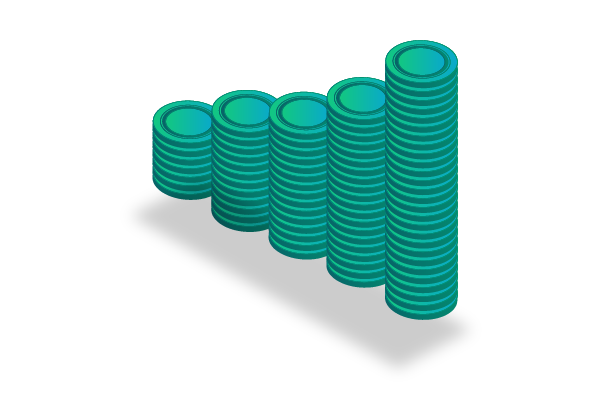
Top Layer 1 protocols gained substantial traction as Ethereum alternatives, particularly during the period spanning 2017 to 2020. These blockchain platforms, distinguished by their immensely scalable Proof of Stake (PoS) consensus mechanisms, managed to amass billions in market capitalization. Despite Ethereum maintaining its forefront position, other formidable contenders like BNB Chain and Cardano have emerged, showcasing remarkable advancements and cementing their place in this evolving landscape.
Also Read: Layer 1: Definition and How does it work?
The surge of Top Layer 1 protocols as viable substitutes to Ethereum unfolded significantly between 2017 and 2020. Propelled by their highly efficient Proof of Stake (PoS) consensus models, these blockchain networks not only attracted substantial market capitalization but also demonstrated remarkable scalability. While Ethereum continued to lead the pack, the rise of contenders such as BNB Chain and Cardano underscored their noteworthy progress, illustrating a dynamic shift in the hierarchy of blockchain ecosystems.
Impact of SEC Regulations

The recent decision by the U.S. Securities and Exchange Commission (SEC) to label several prominent Layer-1 tokens as securities, excluding only Bitcoin and Ethereum from this classification, has introduced a significant level of uncertainty within the cryptocurrency market. This regulatory stance has the potential to cast a shadow over the long-term growth trajectories of various blockchain platforms, particularly those like Binance’s BNB Chain.
The heightened scrutiny and regulatory pressures faced by these top Layer 1 tokens, which serve as foundational platforms for a range of decentralized applications and services, could impact investor confidence and innovation within the ecosystem.
Notably, BNB Chain, which has already encountered regulatory challenges in the United States, finds itself at a crossroads as it navigates these evolving regulatory dynamics, further emphasizing the need for clearer regulatory frameworks to foster sustainable growth and development in the blockchain space.
7 Top Layer 1 Leading in Crypto Market

In the rapidly evolving landscape of Layer-1 blockchain protocols, several prominent players have emerged, each offering unique features and capabilities. These Layer-1 protocols serve as the foundation for various decentralized applications (DApps), smart contracts, and digital assets. Here are some of the top players in the Layer-1 landscape:
1. Hela

Hela Labs proudly presents Hela, the foremost top layer 1 blockchain protocol of the next generation, designed with a visionary mission to seamlessly bring the principles of Web3 into tangible reality. In a landscape where blockchain technology continues to swiftly evolve, widespread adoption remains an elusive goal.
Hela’s pioneering approach focuses on surmounting the barriers of scalability, interoperability, privacy, and user experience, aiming to decisively bridge the current gap and propel the realm of decentralized applications into mainstream prominence.
Key Features:
- Modular Design
- Stablecoin as Gas Fee
- Decentralized Identity (DID)
- EVM Compatibility
2. Ethereum
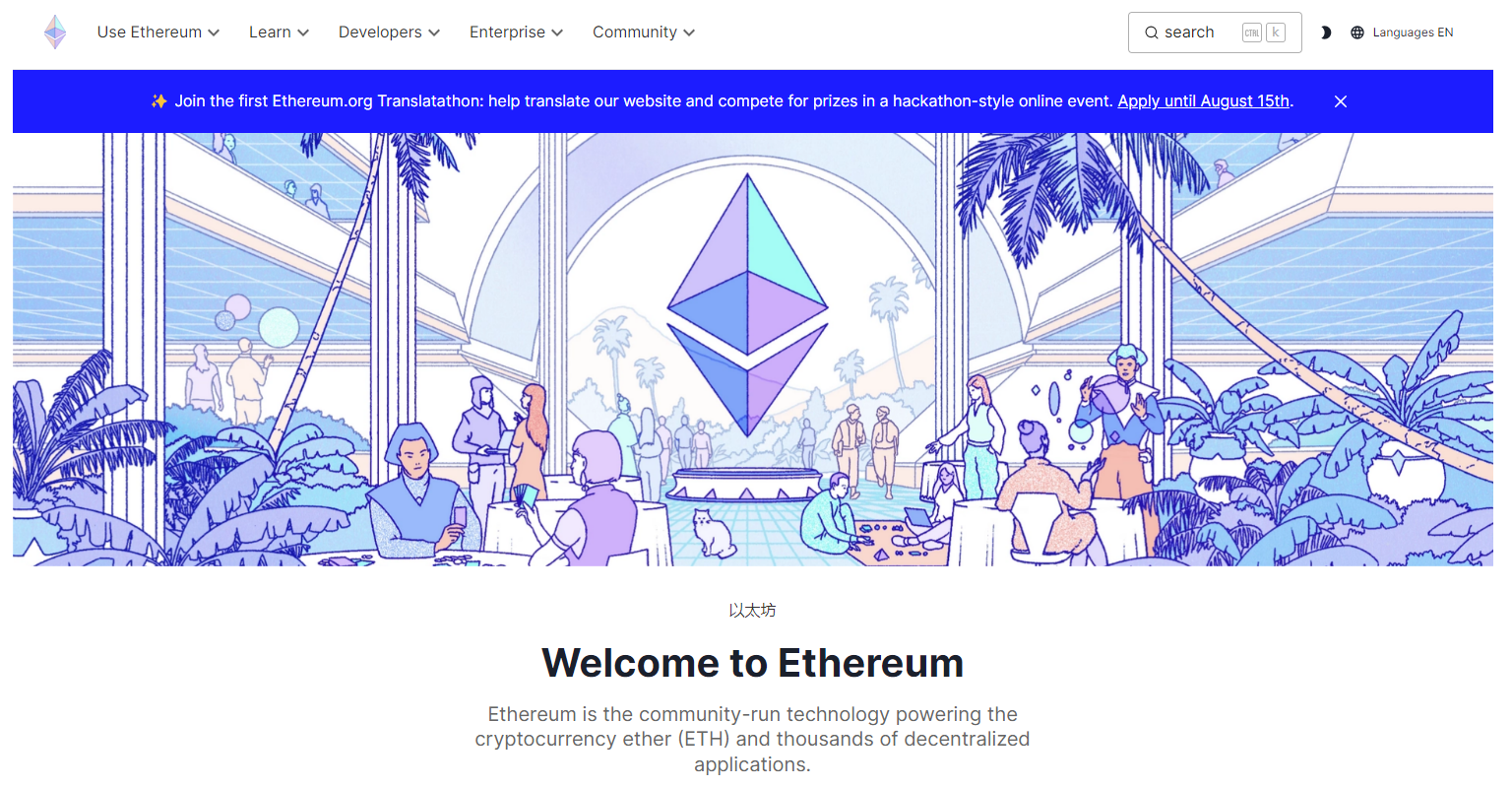
Ethereum, a pioneering force in the realm of cryptocurrencies, stands as the undisputed leader among top Layer 1 solutions with a remarkable market capitalization of $209 billion, signifying its profound influence. Its exceptional support for smart contracts and decentralized applications (DApps) has propelled it to the vanguard of blockchain innovation.
A significant milestone was achieved in 2020 when Ethereum made a pivotal shift from the energy-intensive Proof of Work (PoW) consensus mechanism to the more eco-friendly Proof of Stake (PoS) protocol, underscoring not only its commitment to sustainability but also a momentous stride towards heightened scalability and efficiency. Noteworthy is Ethereum’s enduring appeal to major corporations and hedge funds, further cementing its position as a cornerstone within the top layer 1 landscape of the crypto ecosystem.
Key Features:
- Dominant player in the Layer-1 landscape.
- Outstanding assistance for intelligent contracts and decentralized applications.
- Switched from Proof of Work to Proof of Stake in 2020.
- Attracts significant interest from major companies and hedge funds.
3. BNB Chain (Binance Smart Chain)

Emerging as a top layer 1 solution within the crypto landscape, Binance Smart Chain (BNB Chain) has become a pivotal element intricately linked with the prestigious Binance exchange.
Beyond its affiliation, BNB Chain has garnered substantial recognition for its pivotal role in enabling Decentralized Finance (DeFi) functionalities, empowering smart contracts, and advancing the creation of highly scalable Layer-2 chains. Its remarkable capabilities notwithstanding, BNB Chain has encountered regulatory hurdles, notably in the United States, underscoring the fluid and evolving regulatory dynamics that cryptocurrencies must navigate.
Key Features:
- Associated with the Binance exchange.
- Supports DeFi, smart contracts, and scalable Layer-2 chains.
- Has faced regulatory action in the US.
4. Cardano
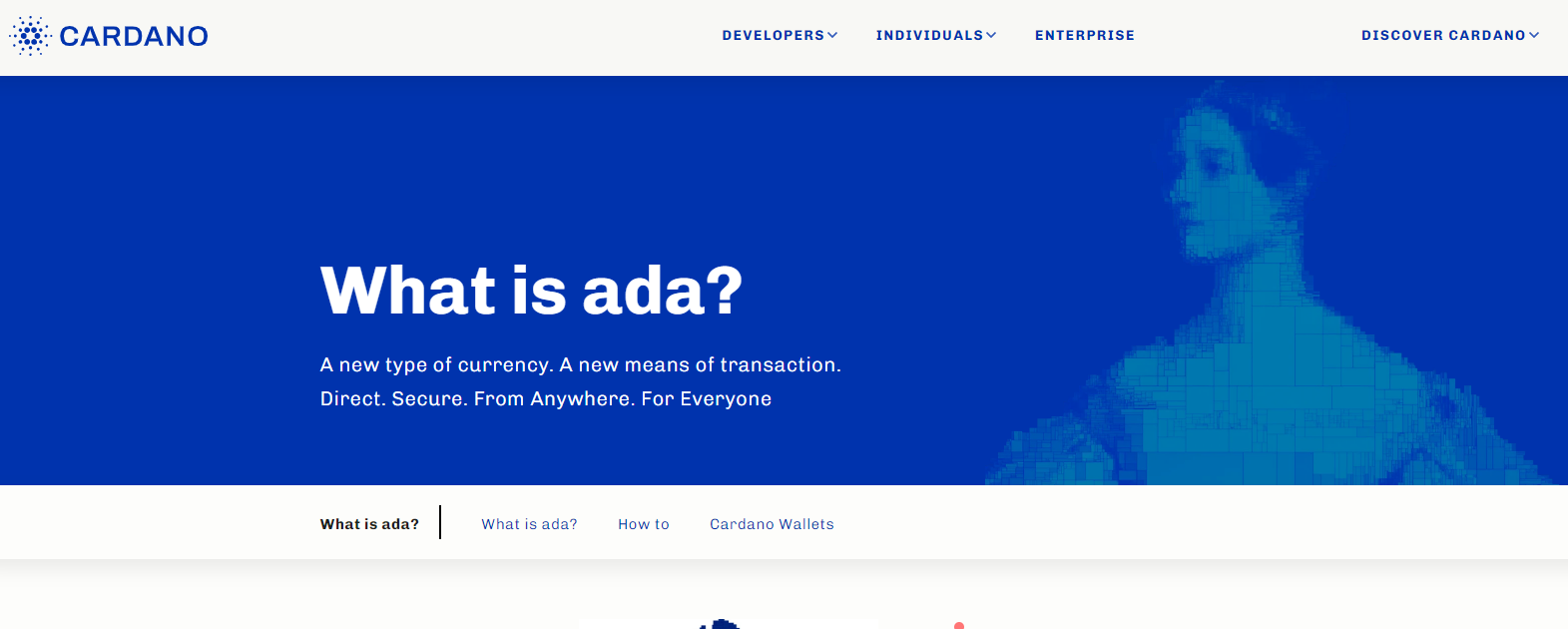
Positioned as a leading contender in the race among top layer 1 blockchain platforms, Cardano has garnered attention as a potential “Ethereum Killer” by offering a realm of innovative possibilities within the blockchain sphere. Its robust features designed for Non-Fungible Tokens (NFTs) and smart contracts exemplify Cardano’s ambition to chart an independent course in the ever-evolving crypto landscape.
However, the journey to realize this moniker has not been without its share of obstacles, underscoring the intricate challenges that accompany the pursuit of pushing the boundaries of blockchain technology and solidifying Cardano’s stance as a top layer 1 solution.
Key Features:
- Offers innovative features including support for NFTs and smart contracts.
- Known as the “Ethereum Killer” but has faced challenges in living up to that name.
5. Tron

As a prominent top layer 1 blockchain, Tron has undeniably left a lasting imprint on the cryptocurrency landscape, particularly garnering a fervent and expansive following in Asia.
Its resounding influence reverberates not only across geographical borders but also deep within the realms of DeFi (Decentralized Finance) and NFT (Non-Fungible Token) ecosystems, where its active involvement has been noteworthy. Spearheaded by the somewhat contentious yet instrumental figure, Founder Justin Sun, Tron’s trajectory has been distinctly shaped by his leadership, propelling its ascendancy and impact in the ever-evolving crypto industry.
Key Features:
- Significant following in Asia.
- Heavy involvement in DeFi/NFT space.
- Founder Justin Sun is a controversial figure in the crypto industry.
Also Read: 10 Best Layer 1 Solutions You Need to Know Now!
6. Solana
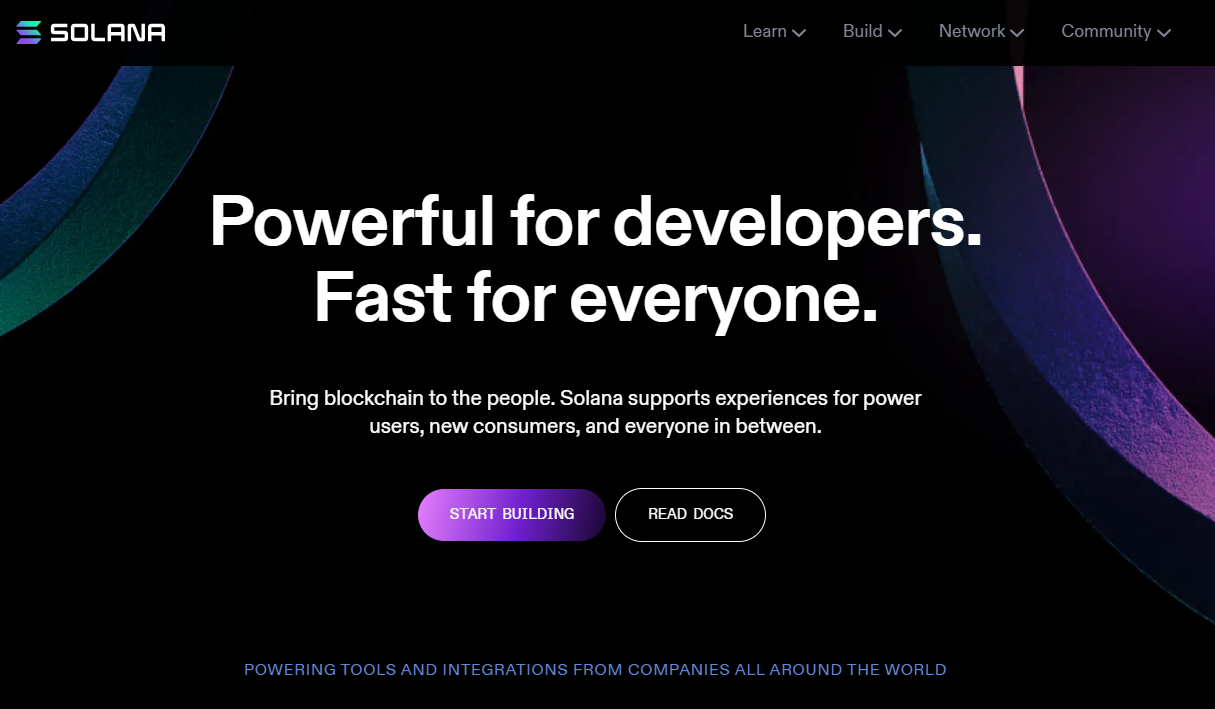
Positioned as a top layer 1 blockchain promising remarkable speed and scalability, Solana emerged as a formidable contender poised to challenge Ethereum’s supremacy in the crypto realm. Yet, its path forward has been laden with hurdles.
Particularly noteworthy is Solana’s affiliation with Sam Bankman-Fried, renowned as the FTX exchange founder, a connection that has drawn both intense scrutiny and fascination, shedding light on the intricate and interconnected relationships within the cryptocurrency landscape.
Key Features:
- Promised speed and scalability but faced challenges against Ethereum.
- Affected by its association with Sam Bankman-Fried, founder of the FTX exchange.
7. Avalanche
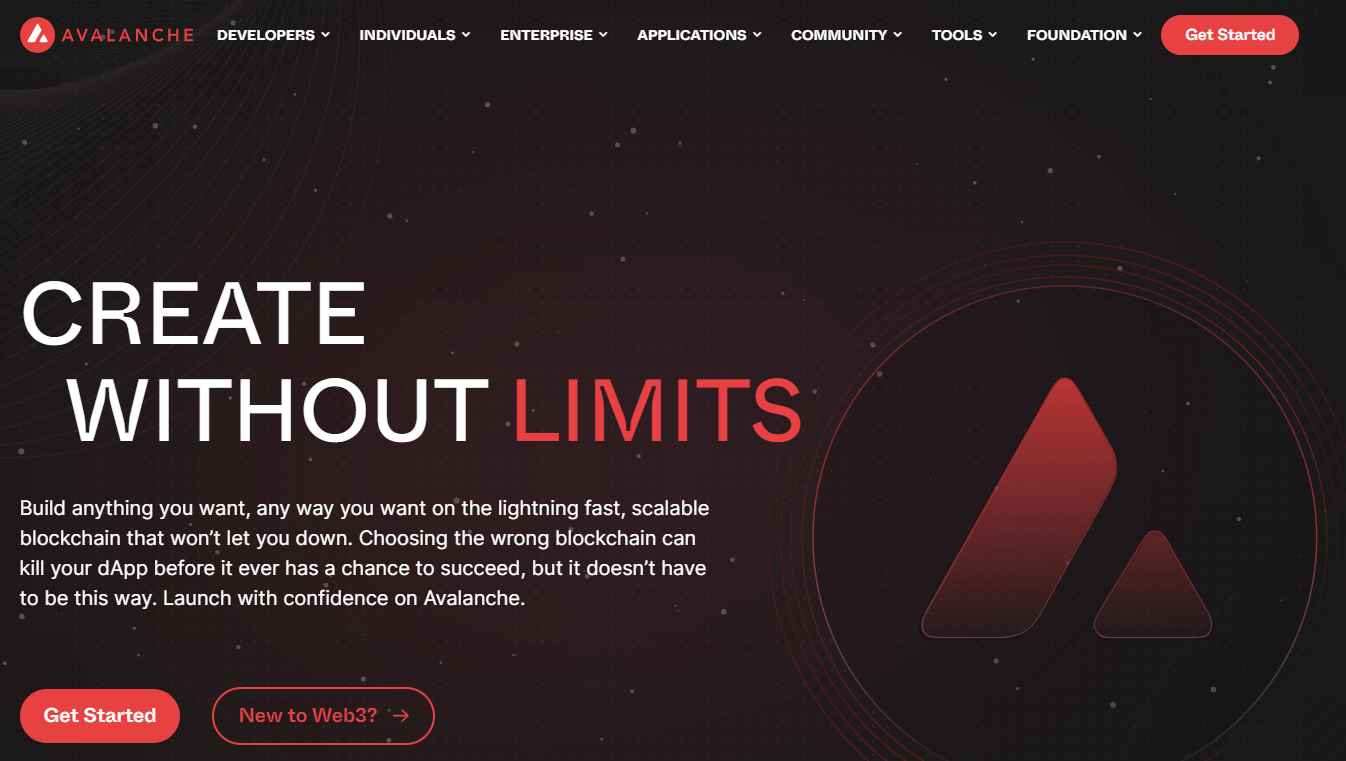
Avalanche, positioned as a user-centric platform, strives to overcome the constraints of Ethereum by prioritizing an enhanced user experience.
Setting itself apart with a novel network structure comprising three distinct chains, Avalanche provides a seamless environment for users to interact with blockchain technology. At its top layer 1, the platform’s unique architecture empowers users to effortlessly engage, while its native token, AVAX, functions not only as a medium of exchange but also offers staking opportunities for passive rewards, thereby fostering a dynamic and participatory ecosystem.
Key Features:
- Designed to provide a better user experience than Ethereum.
- Unique network architecture with three separate chains.
- Native token is AVAX, which can be staked for passive rewards.
Key Features of Top Layer 1 Protocols
Consensus Mechanism: Layer 1 protocols implement a specific consensus mechanism that validates and verifies transactions, ensuring the integrity and security of the blockchain. Common consensus mechanisms include Proof of Work (PoW), Proof of Stake (PoS), Delegated Proof of Stake (DPoS), and more.
Security: Layer 1 protocols determine the level of security of a blockchain network. A robust security model prevents unauthorized access, tampering, and fraudulent activities within the system.
Scalability: The scalability of a blockchain network, i.e., its ability to handle a large number of transactions efficiently, is influenced by the design and architecture of its Layer 1 protocol.
Speed and Transaction Throughput: Layer 1 protocols dictate the speed at which transactions are processed and confirmed on the blockchain. This feature is crucial for real-time applications and use cases.
Smart Contracts and dApps: Some Layer 1 protocols support the execution of smart contracts and the development of decentralized applications, enabling a wide range of innovative and decentralized solutions.
Conclusion
Layer-1 blockchains are central to the growth of cryptocurrency and DeFi markets. Despite the challenges, including market volatility and regulatory scrutiny, the top layer 1 protocols continue to offer immense promise for high ROI. Investors must remain cautious and informed, especially in light of recent SEC regulations.
The crypto market is ever-evolving, and Layer-1 protocols are at the forefront of this transformation. From Ethereum’s well-developed ecosystem to the potential of emerging blockchains, the future of L1 is filled with opportunities and challenges. Staying abreast of regulatory changes and market trends will be key to navigating this dynamic landscape.
Disclaimer: The information provided by Hela Labs in this article is intended for general informational purposes and does not reflect the company’s opinion. It is not intended as investment advice or recommendations. Readers are strongly advised to conduct their own thorough research and consult with a qualified financial advisor before making any financial decisions.

Joshua Soriano
I am Joshua Soriano, a passionate writer and devoted layer 1 and crypto enthusiast. Armed with a profound grasp of cryptocurrencies, blockchain technology, and layer 1 solutions, I've carved a niche for myself in the crypto community.
- Joshua Soriano#molongui-disabled-link
- Joshua Soriano#molongui-disabled-link
- Joshua Soriano#molongui-disabled-link
- Joshua Soriano#molongui-disabled-link

